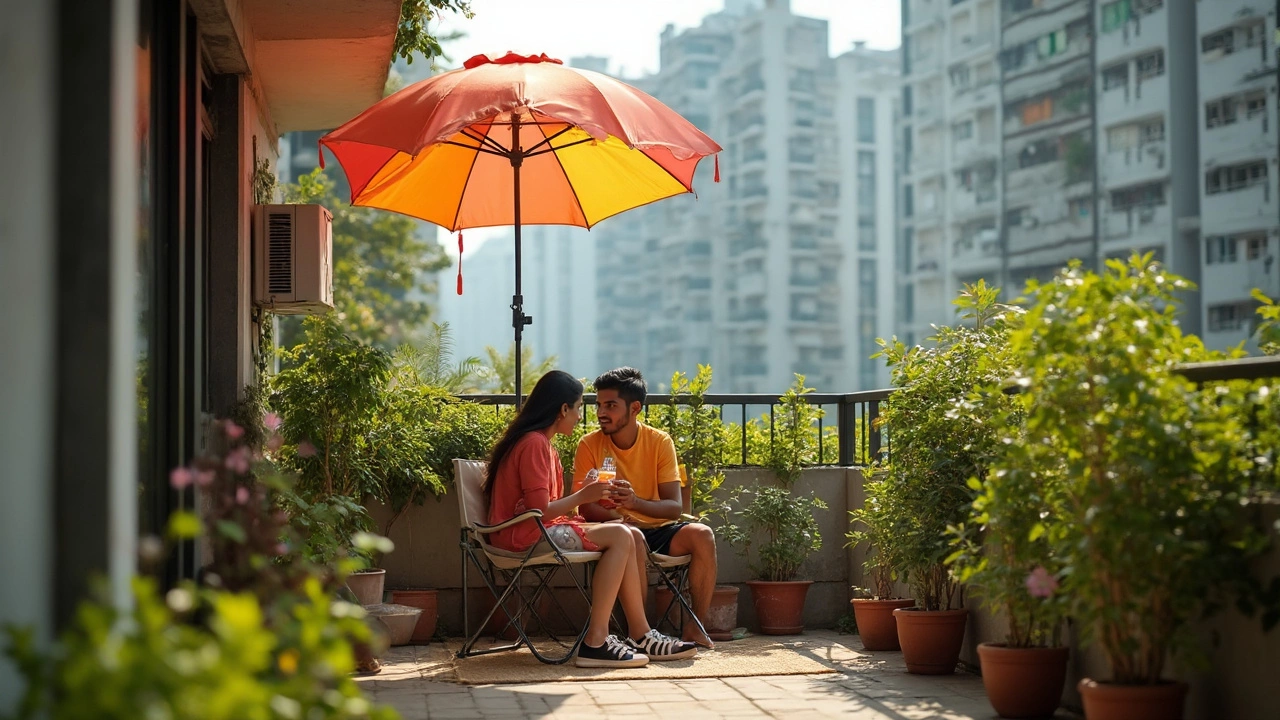DIY Shade: Practical Ways to Cool Your Garden and Outdoor Spaces
When working with DIY shade, the practice of building your own shade structures using simple, locally sourced materials. Also known as do‑it‑yourself shade structures, it lets anyone lower temperature, protect plants, and enjoy outdoor areas without hiring a pro. DIY shade encompasses everything from a simple tarp over a vegetable bed to a permanent pergola for a patio. The core idea is to match the shade type to the micro‑climate you want to create, so you get real comfort and healthier plants.
Key Tools and Techniques That Pair With DIY Shade
One of the most common allies of DIY shade is drip irrigation, a low‑pressure water delivery system that feeds plants right at the roots. When you shade a garden, the soil stays cooler and holds moisture longer, so pairing drip irrigation reduces water waste and boosts yields. Another technique that dovetails nicely is no‑till gardening, a method that leaves soil undisturbed to preserve structure and microbes. No‑till soils stay cooler under shade, so you get richer, more resilient beds with less effort. Finally, many shade projects start with a container garden, portable planting units that let you move plants into or out of shade as seasons shift. Containers let you test shade cloth colors, densities, and frame heights before committing to a larger installation. Together, these three entities—drip irrigation, no‑till gardening, and container gardens—create a feedback loop where shade improves water efficiency, which in turn supports healthier roots and higher productivity.
Building your own shade doesn’t require a full workshop. Basic tools like a hammer, a few bolts, and some sturdy PVC or bamboo can hold a shade cloth that blocks 30‑70% of sunlight. Choose a cloth made from UV‑stable polyethylene for durability, and consider a light‑colored fabric to reflect heat while still providing shade. Mount the cloth on a simple frame, then run a drip line beneath it to keep the soil moist. If you’re working with containers, pop them under the shade during the hottest part of the day and move them out for extra light in the evenings. The result is a flexible, cost‑effective system that you can adapt as your garden grows. By understanding how DIY shade interacts with water management, soil health, and plant placement, you unlock a suite of sustainable practices that boost both comfort and yields. Below you’ll find a curated list of articles that dive deeper into each of these topics, from choosing the right shade material to wiring up a drip system that works perfectly under your new canopy.
How to Create Shade on a Small Balcony: Easy and Clever Ideas
Trying to chill on a small balcony but getting roasted by the sun? This guide gives you no-nonsense, practical ways to add shade without eating up precious space. From compact umbrellas to crafty DIY hacks, get real-world tips anyone can try—even renters. Plus, simple advice on picking the right shade solutions for both sunny days and plant protection. Let’s make your balcony a spot you actually want to hang out, even in summer.
- manufacturing
- India
- food processing
- garden tips
- rice cultivation
- government schemes
- balcony garden
- urban gardening
- balcony gardening
- profitable business
- business ideas
- plastic manufacturing
- drip irrigation
- plant care
- steel manufacturing
- sustainable gardening
- startup ideas
- steel industry
- flower gardening
- textile manufacturers






